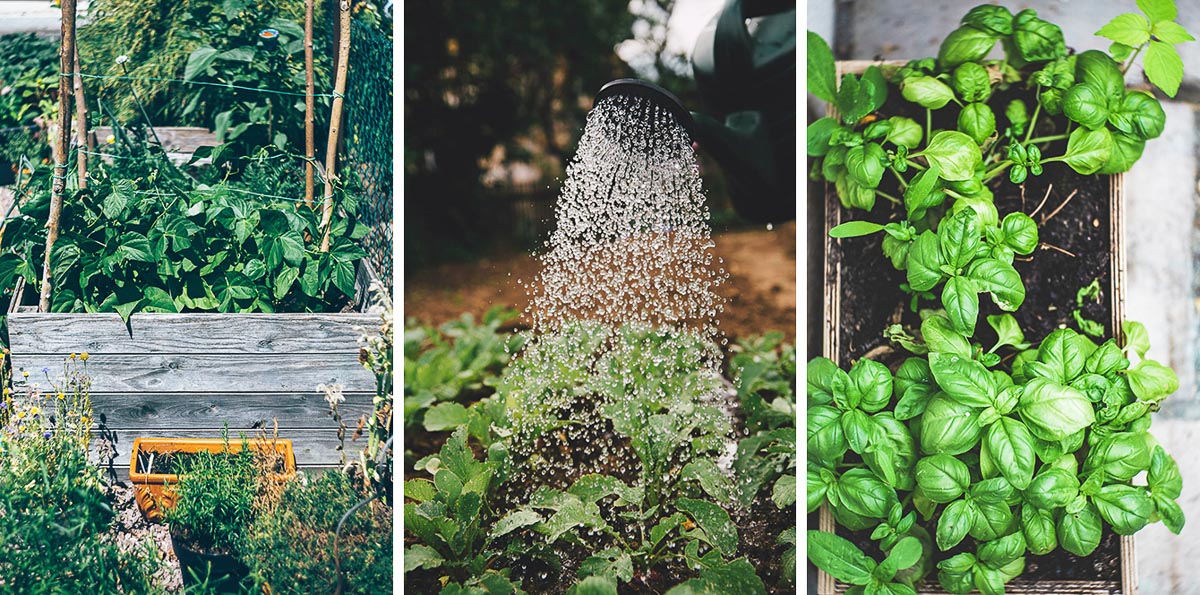The Only Guide for City Blooming
The City Blooming Statements
Table of ContentsFacts About City Blooming RevealedCity Blooming for BeginnersWhat Does City Blooming Mean?The smart Trick of City Blooming That Nobody is Talking AboutThe 25-Second Trick For City Blooming
Intrigued in expanding food to buy in the City of Chicago? Believing about beginning a neighborhood garden? Modifications to the Chicago Zoning Statute enable farming uses like community gardens and city farms in several components of the city. Below is a list of frequently asked concerns regarding the regulations and regulations that farmers must think about when intending an urban agriculture project.
The zoning modification does not change any type of other codes dealing with composting, structure licenses, acquiring or leasing City owned building, organization licenses or ecological contamination. There are existing codes that manage these concerns and they continue to be completely impact and might be appropriate to your job. Community gardens are commonly had or handled by public entities, civic companies or community-based companies and kept by volunteers.
Urban ranches grow food that is planned to be offered, either on a not-for-profit or for-profit basis. Due to their business function, metropolitan farms need a business certificate.
8 Simple Techniques For City Blooming
The amount of garden compost material can not surpass 25 cubic backyards at any provided time according to the criteria in 7-28-715 of the City's Municipal Code. Because the soil at the majority of new yard websites requires modifying, garden compost, dirt, wood chips, or other products can be obtained to construct or enhance the expanding area.

If a structure authorization is required then the hoophouse will be taken into consideration an accessory structure. You can find out even more about the structure license demands by speaking to the Division of Structures. The 25,000-square-foot size limit is intended to stop a solitary area garden from controling a given block or taking away from the block's existing domestic or industrial character.
The limitation does not apply to yards found in Public Open Room (POS) districts. Can there be more than one neighborhood yard that is 25,000 square feet on a single block? Yes. The size restriction uses to private yards, not to individual blocks. No. Fence is not required, nonetheless, gardens that have huge parking lot might be required to mount secure fencing or other landscape design attributes.
City Blooming Can Be Fun For Anyone
B1 & B2 areas need that all business usage tasks be performed indoors. Is fence needed for city ranches? Fences might be required, along with landscape design and testing, for specific vehicle parking areas and outdoor job or storage space locations depending on place and the certain task taking area.
Yes. Urban farms require structure permits and zoning approvals before building and construction. Various other types of city evaluation may be required relying on details frameworks, tasks, dimension, landscape design, licensing, public health and stormwater administration issues. Several of these requirements are recognized in the task style or permitting process, however, the candidate might be accountable to independently recognize certain licenses or permits that might be required.
Yes. The sort of license is established by what is occurring at the website. The Department of Organization Affairs and Consumer Defense can help establish the particular kind of company certificate that's required. Yes. Off street vehicle parking is needed for many business tasks in Chicago. The required number of garage is based on the variety of employees dealing with website and not the square video of the growing area.
Our City Blooming Diaries

Yes. A metropolitan ranch can offer compost product generated on website, however, the operation must follow the laws in 7-28-715 of the Chicago Municipal Code. Yes. Aquaponic systems are enabled inside on urban farms in lots of zoning areas. A website link zoning review and building license is called for in order to install frameworks or systems and a company certificate is required as defined above.
Approximately 5 hives or colonies of honey bees might be kept as an accessory use. Beekeepers should register with the Illinois Department of Agriculture. For more information regarding the suggested zoning change you may get in touch with the Department of Housing and Economic Development, Bureau of Preparation and Zoning at 312.744.8563.
Farming in cities and city locations A metropolitan farm in Chicago. Urban farming describes different methods of cultivating. https://dzone.com/users/5164299/cityblooming.html, handling, and distributing food in city locations. The term likewise puts on the area tasks of pet husbandry, aquaculture, beekeeping, and gardening in an urban context. Urban farming is identified from peri-urban agriculture, which takes area in backwoods beside suburban areas.
The 45-Second Trick For City Blooming
, that look for to form social networks established on a shared ethos of nature and community holism. These networks can establish by way of official institutional assistance, becoming integrated into local town planning as a "shift town" motion for lasting metropolitan advancement.
The more direct accessibility to fresh vegetable, fruit, and meat items that may be realised via city farming can enhance food security and food safety and security while reducing food miles, bring about reduced greenhouse gas emissions, thereby adding to environment adjustment reduction. Some of the initial evidence of city agriculture originates from Mesopotamia.